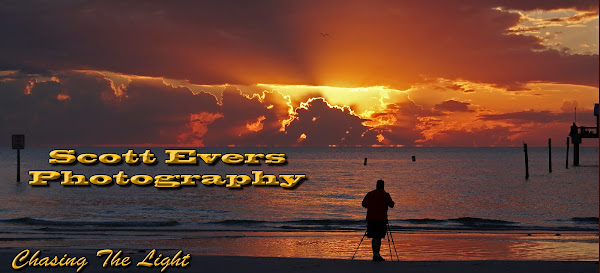As a nature and wildlife photographer I spend countless hours outside photographing and studying nature. Besides knowing all the technical stuff to make your camera work and give you a proper exposure, knowing your subject's behavior is extremely important. This allows you to know when something is going to happen that will make for a much more dramatic shot. When you first start photographing wildlife, you are happy to just get a nice exposure with sharp detail on your subject while it is in a static pose. Soon that is not good enough and you want some dramatic action. This is where knowing the animals behavior will allow you to anticipate the shot and capture some great action. The great thing about digital is you can take as many photos as possible and just delete what you do not need. In the films days this was a very expensive endeavor to make so many exposures to just get one or two of the peak action captures.
I have been fortunate to witness some amazing scenes while spending all those hours in the field. What has always fascinated me is the cycle of life, and where everything fits on the food chain. In fact one of my favorite quotes is "I am glad I am very high up on the food chain" My first foray into the food chain started in high school when I learned to scuba dive. Making my first dive in the ocean made it crystal clear that I was nowhere near the top of the food chain, and once I entered the water there were many things way bigger than me that could eat me.
My next sense of where I fit in on the food chain was backpacking in the back country of Yellowstone National Park and being in Grizzly Bear country. No bear spray back then. You wore a couple cow bells and talked out loud so they could hear you coming.

A good reminder of my place on the food chain occurred when I captured this 9-10 foot alligator chomping on a Horseshoe Crab. I had been squatting down at the water's edge in Ding Darling NWR to photograph some birds close by. Suddenly he came to the surface about 25-30 feet in front of me and started chomping away. Being the good photographer, I didn't flinch and kept shooting until my buffer was full and then shot some more. The gator finally spit out the crab and slid below the surface. I was eagerly checking my camera to see if I got any good shots. Suddenly several of those National Geographic shows popped into my head and started playing back. You know, the ones where the gators charge out of the water and grab the unsuspecting animal at the edge that was there to drink. They drag them under and start the death roll while ripping them apart. At that point I was back pedaling and got back up on the road ASAP. 

It is not always pretty, and in reality it is often gory and bloody when you watch all creatures struggle to survive and pass along their genes to the next generation. But it is fascinating to see how they overcome much adversity to survive and thrive. But one mistake, or lax moment, can make them just another link on the food chain for a creature that is higher than them. I have come uncomfortably close a few times to being a link on that chain, but hopefully I will be around to document some of the action for a while longer.
Scott












